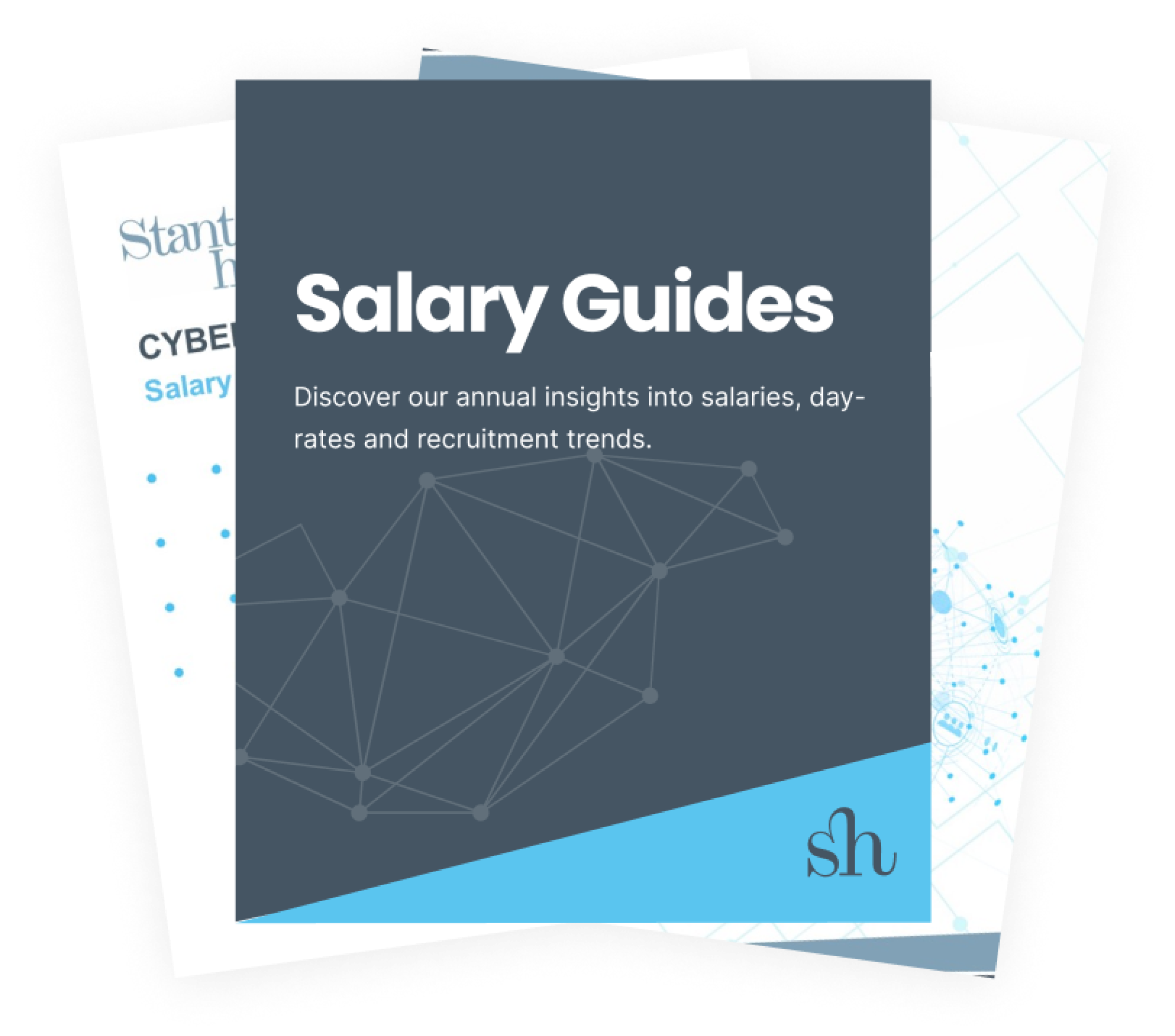

Have you been feeling the heat?
Amidst the heatwaves all over the world, organisations are under severe pressure to act on climate change.
A few weeks ago, Britain recorded its hottest day in history, with temperatures hitting a high of 40.3 degrees Celsius. the UK’s previous hottest record was 38.7 degrees recorded in Cambridge in 2019. The Met Office issued a red extreme heat warning as Brits faced widespread disruption and wildfires across the UK causing the busiest day on record for the fire brigades across the country.
The soaring temperatures led to chaos for commuters and holidaymakers as hundreds of vital services were forced to halt amid the extreme temperatures. In some places, rails buckled, and overhead wire systems failed, causing havoc for anyone expected to leave their homes.
There is no doubt that these heatwaves are in some way related to climate change, according to a team of scientists collaborating with the World Weather Attribution (WWA), heatwaves have been made more intense and will become more frequent due to the rising temperatures on our planet. The changing climate is poised to create a wide array of economic, business, and social risks over the next three decades.
The adverse health effects of hot weather and heat waves are largely preventable. With 42% of employees placing a high importance on working for an organisation that contributes positively to the environment, it has never been more important to place a greater emphasis on incorporating Environmental Social agendas into their employee value propositions. Prevention of heat waves requires a portfolio of actions at different levels, including corporate involvement therefore leaders should start integrating climate risk into their decision-making processes now.
In this article, we will break down the different steps both big and small leaders can take to mitigate the risks posed by climate change. We talk about how to make changes starting in the boardroom and how to scale these down into the everyday operational practices of your business.
What to do in the Board Room?
Integrate Climate Risk into Decision Making
This is perhaps the most important point of them all. Climate change needs to become a major feature in corporate decision-making. The physical effects of climate change are non-linear and rise over time and stakeholders today might be underprepared to manage them. For companies, this will mean changes in mindset, operating model, and tools and processes to integrate climate risk into decision making
Calculate your carbon footprint
The carbon footprint of your business is a measurement of the greenhouse gases you produce. Carbon dioxide is the most common greenhouse gas generated by burning fossil fuels such as coal, gas, petrol and diesel. By measuring your carbon footprint regularly, you can understand the different ways your business is contributing to climate change and identify ways to reduce it. It also sets a helpful baseline, so that any future carbon reduction efforts can be accurately reported. If you’d be interested in giving this a go, SSE have created a free spreadsheet which is a great starting point to start calculating your carbon footprint.
Conduct a Supplier Assessment
Unfortunately, due to the interconnected nature of the world we live in, it is not only our own carbon footprints we have to consider. As an organisation, we have the power to lead by example through making sustainable choices that extend to the suppliers that we choose to align with. If we aren’t working with partners who are sharing the same sustainable visions as our own, then it discredits some of the efforts we make on a daily basis to live and breathe those sustainable values. Conducting a supplier assessment to assess whether our suppliers are truly aligned with our views ensures that we are working with partners who are committed to long-lasting change and growth.
What to do in the Office?
Celebrate Your Successes in Reaching Environmental Goals
Celebrate your wins with the same gusto as big financial wins. Ensure that the same level of importance is placed on these goals by the leadership team as all-around business performance. Financial and environmental goals should be intertwined and when they are lived in this way can allow employees to get into the mindset that environmental goals matter.
Share Your Goals and Raise Awareness
Commitments and specific goals around recycling, emissions, sustainability, and charitable involvement should be shared as part of the company vision that is shared with future employees. Ideally, as part of the company profile on every job spec from the board down. Be proud of the impact you are looking to have and the part that everyone will play in making the world a better place. Be clear on what you will not do or tolerate, this will speak volumes for what you stand for. Be clear on how everyone in the business behaves day-to-day to make a difference and realise your environmental goals. Demonstrate what would be expected of new starters and that the commitment is enterprise-wide and real. ESG should be split into its constituent parts and goals/efforts should be shared with potential employees. Consider how clear you are with the causes and charities you support, how clear your sustainability goals are, and if they are steadfast commitments or notional ideas.
Share Tips With Employees
Something which every business can do is create a dedicated forum where employees can share their own personal tips on sustainability. If you want to support this further, you could offer discounts or subsidies for anyone who would like to purchase a product with a lower carbon footprint than their alternative.
Are you feeling the heat? If your answer is yes, then let's make a difference together!
I hope these ideas can kickstart the thinking process of how we can tackle this climate emergency. Putting an emphasis on climate decision-making in the boardroom means you can tackle this problem head-on and this energy will trickle down into the rest of the business, igniting a passion in everyone to make a change. Even the smallest action will have a positive impact on the future so don’t be afraid to start small and scale up from there.
Climate change doesn’t have to be a looming cloud of doom, as businesses we hold the power to make a drastic change in the world, and with a bit of thinking, we can make a huge contribution to changing the outlook of our future home, one step at a time.
Furthermore, commitments to the environment should become part of your workforce strategy. Download your copy of our insight paper to discover how having a strong commitment to ESG (Environment, Social and Governance) that is effectively measured, communicated, and interwoven with your Employee Value Proposition (EVP), allows you to deliver authentic talent strategies that will set you apart from the competition.


















